- The industrial zone model has become the soil that nurtures the rapid development of Chinese enterprises
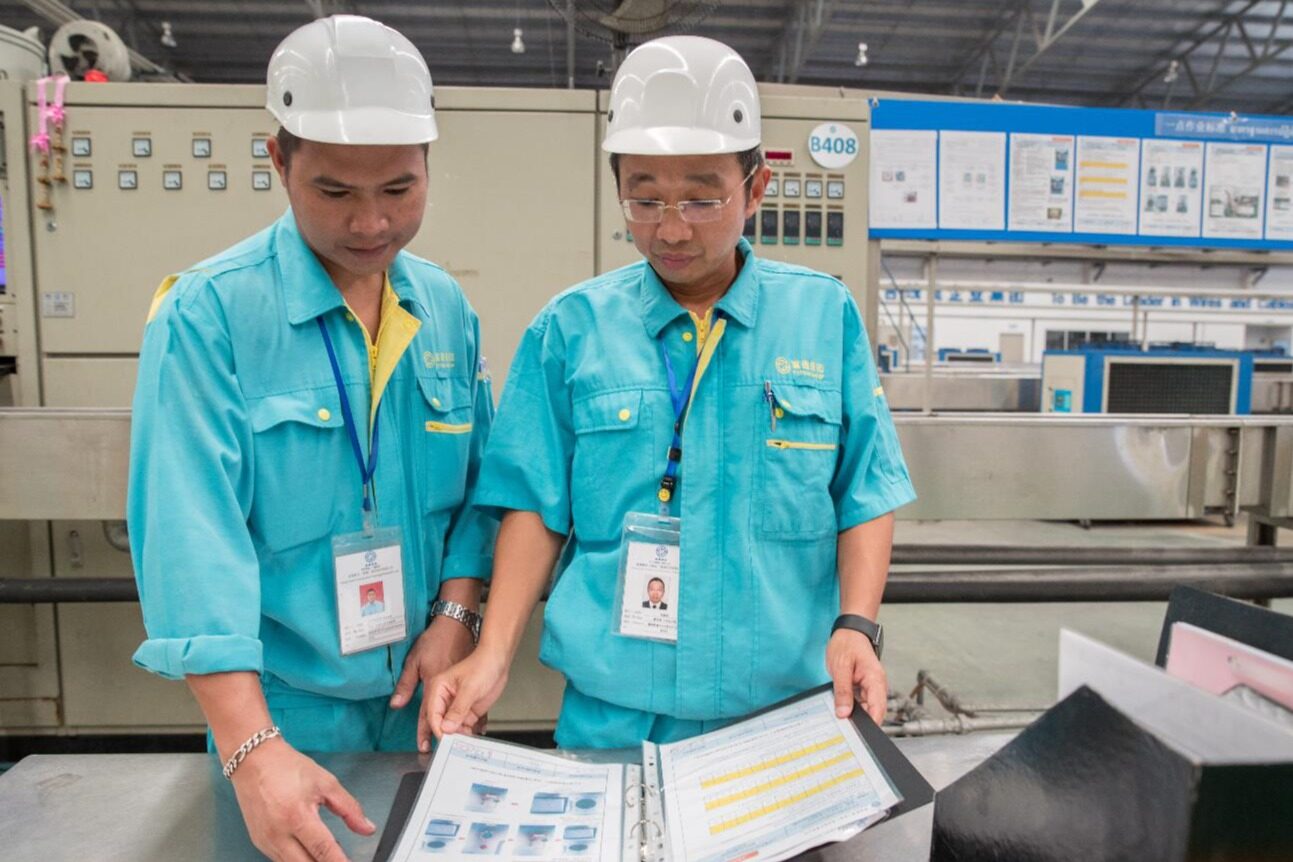
Southeast Asia is located in the throat area of the Indian Ocean and the Western Pacific Ocean. It is like a piece of jade, embedded in the gold-inlaid jade bracelet of the Indian Ocean and the Pacific Ocean. It has important geostrategic value. Since China's reform and opening up, the Chinese nation has achieved a blessing to a strong The great leap of China has entered a new era. With the rapid economic development of the southeast coastal cities, Southeast Asian countries have established a deep cooperative relationship with China, realizing a mutually beneficial and win-win situation. Many Southeast Asian countries have also begun to use the industrial park model to try to drive their own industrial development. When Chinese companies invest in Southeast Asian countries, they are also faced with the choice of whether to enter the park.
China-Vietnam cooperation and Vietnam industrial park are dazzling
The current relationship between China and Vietnam is getting better and better. The two countries are connected by mountains and rivers, have similar cultures, and have similar customs and habits. The people have a history of thousands of years of exchanges and contacts. However, for Chinese companies that come here to invest, unfamiliar with local policies and procedures have become their biggest obstacles. Entering a well-established and well-managed industrial park is a good choice for Chinese companies that are new to Southeast Asian countries to invest. Nguyen Van Khan, general manager of Vietnam Bao Min Industrial Zone Infrastructure Investment Co., Ltd. stated: “In the industrial park, the infrastructure is relatively good. We can provide water, electricity, and sewage treatment equipment. China’s water supply, power supply system and its own operation? Faced with the blooming industrial parks, Chinese companies investing in Southeast Asian countries have to think about how to choose the right industrial parks to settle in. China’s hydropower technology is well-known worldwide, with This stepping stone, China Power Construction assisted Vietnam's Youting 500MW photovoltaic project. The construction of this project marked the official commissioning of the largest photovoltaic power station in Southeast Asia. The oil fueled photovoltaic project is composed of three parts: phase 1, phase 2, and phase 3. The total installed capacity 500MW, it is the world's largest semi-immersed photovoltaic project. As a landmark project in the cooperation between Thailand and Vietnam in the field of new energy, the oil-cooled photovoltaic project has been highly valued by the governments of the two countries from the beginning. China Power Construction passed international bidding The EPC+F cooperation model has been favored by the owners, and the East China Institute is responsible for the implementation of the project. In a short 11-month construction period, the China Power Construction team completed the exploration and promotion of innovative financing models to overcome the highest immersion area With a water depth of 2.4 meters, the deployment and organization of more than 2,000 staff have been completed, and the procurement, transportation and construction of 20,000 tons of supports, 1.5 million battery panels, and more than 200,000 pile foundations have been completed with high quality and high efficiency.
Chinese companies enter Indonesia
In addition to entering Vietnam's industrial parks, more and more companies hope to build their own factories outside the parks, and as their own industrial chain gradually improves, new industrial parks have been formed. In Indonesia, the Green Earth Industrial Center Industrial Park covers an area of 1,600 hectares. As early as the end of the 1990s, it was invested and constructed by Indonesian local overseas Chinese and Japanese companies. Most of the earliest settled in the park were auto parts, home appliances and daily necessities from Japan. Business, because the Indonesian market is considered a top priority by Japan. A state-owned enterprise from Guangxi chose to buy land in the Green Soil Industrial Center and built a park in the park. The industrial positioning of the small park is correspondingly set to related industries such as machinery manufacturing, building materials, electronic information, warehousing and logistics services, and new materials. The park-in-park model not only allows Chinese investors to enjoy the benefits and conveniences of the existing Indonesian industrial zone, but also reduces investment risks. The principle of land regulation in Indonesia is land private ownership, and the main feature is strong variability. Companies entering the large park need to purchase land at one time. In the small park, companies in the cooperation area can enter the park to provide diversified land purchase and use methods. The model of companies establishing parks overseas is also a new trend for Chinese companies to invest overseas in recent years. Liang Xiaohui, deputy chief economist of the China Textile Information Center, said, "This model from factory to industrial park is a very stable model. It has grown up based on real and urgent needs, so it does not need to consider the issue of investment. Its own growth is the process of his business expansion." Most ASEAN countries hope to use the industrial park, a development model with Chinese characteristics, as the main tool to promote economic development and attract investment. And whether Chinese investors who come to these countries choose to invest in industrial parks, what kind of parks they choose to invest in, or build their own industrial parks outside of the parks, companies bring their own capital and seek the most suitable for themselves. The choice of development needs.
Chinese companies in the Thai-Chinese Rayong Industrial Park
Quiet and orderly environment, fresh air, beautiful environment, enterprises are arranged on both sides in an orderly manner, here is one of China's first national overseas economic and trade cooperation zones, Thailand's first Chinese industrial park-Thai-Chinese Rayong Industry Park, Thai-Chinese Rayong Industrial Park Development Co., Ltd. is a modern industrial zone developed by China Holley Group and Thailand Amata Group in Thailand for Chinese investors.
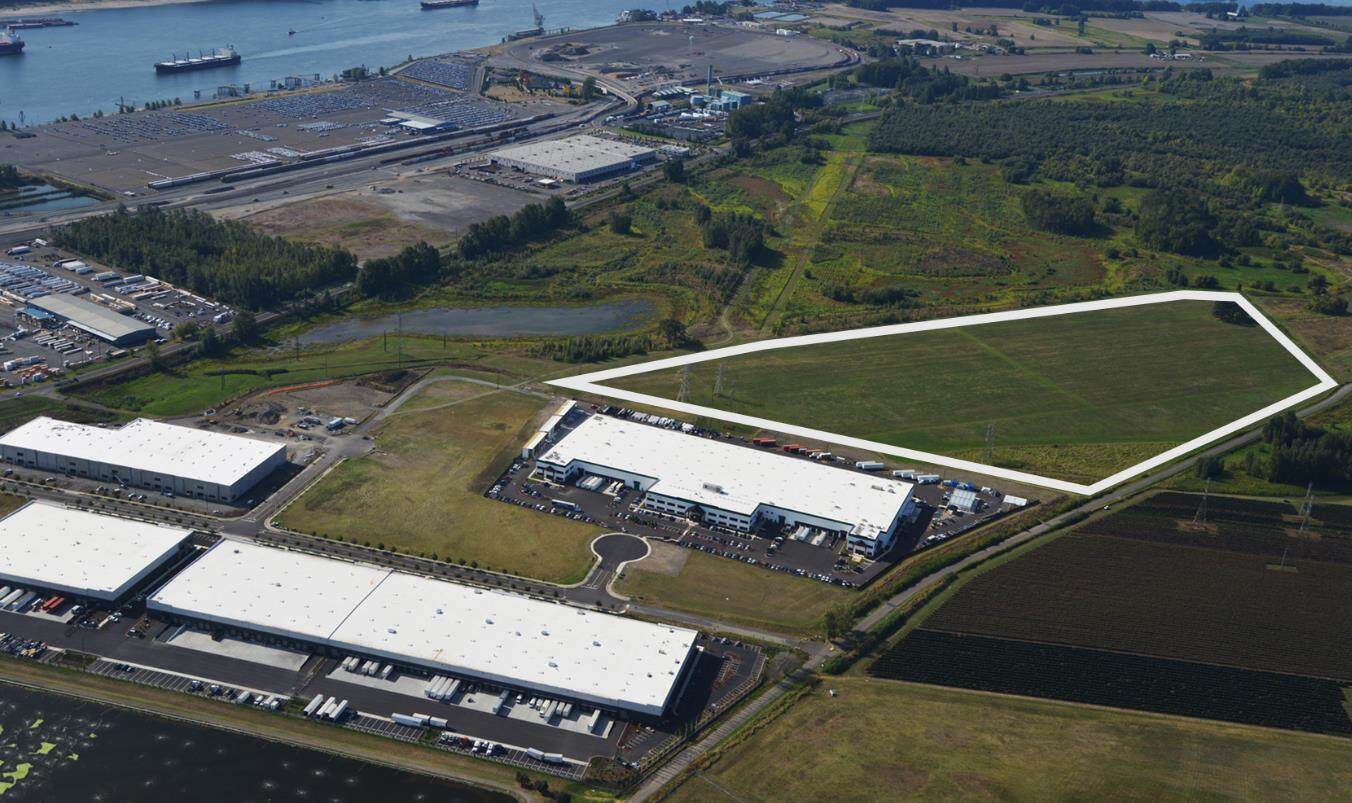
The park builds factories in accordance with strict environmental protection standards, and the entire park meets environmental protection standards, with a greening rate of 30%. In addition, smooth roads, clear planning, complete infrastructure such as electricity and water sources show the characteristics of a "modern industrial park". Forty Chinese companies settled in the park. In addition to many factories, the park also has complete supporting living facilities such as Chinese-funded enterprise clubs, clinics, restaurants, banks, dormitories, and commercial centers. The planned Chinese International School will provide "caring" convenience to workers and their families in the park in the future. These include well-known domestic companies such as Holley Electric, Shenzhen CIMC Group, Chongqing Lifan Motors, etc. The main business projects involve machinery, auto parts, electronic and electrical industries, and there are nearly 3,000 Zhongtai employees in each company in the park. Xu Genluo, general manager of Thai-Chinese Rayong Industrial Park Development Co., Ltd., said that in ASEAN, Thailand's GDP ranks second, with stable annual economic growth, large market potential, and strong radiation capabilities. Thailand has also established a comprehensive transportation, public and industrial infrastructure, and has become a favorite country for investment by many Chinese companies. The establishment of the park aims to help Chinese companies establish processing and export bases in Thailand, obtain certificates of origin, and promote diversification of origins. In addition, it can also form an investment atmosphere and agglomeration effect for Chinese companies in Thailand, strengthen horizontal and vertical cooperation and connections, and control investment risks.
China Malaysia Kuantan Industrial Park (MCKIP)
The Malaysia-China Kuantan Industrial Park is a major inter-governmental cooperation project directly initiated and personally promoted by the leaders of China and Malaysia, and has been included in the major projects of the National One Belt One Road Initiative. Focusing on the strategic positioning of “Malaysia-Malaysia Qinzhou Industrial Park and Malaysia-China Kuantan Industrial Park into China-Malaysia Investment Cooperation Flagship Projects and China-ASEAN Cooperation Demonstration Parks” proposed by the leaders of China and Malaysia, Malaysia-China Kuantan Industrial Park Co., Ltd. As the main body of the development of the park, it is established by the companies of China and Malaysia to be responsible for the investment, construction, operation and maintenance of the infrastructure and public facilities of the industrial park. The Malaysia-China Kuantan Industrial Park is the first national-level industrial park established by China in Malaysia. The park has a planned area of 12 square kilometers and will be constructed in phases. The first phase covers an area of about 6.07 square kilometers, and the second phase covers about 5.93 square kilometers. The functional zone of the park includes industrial zone, logistics zone, and supporting zone (residential zone, comprehensive service center). The Mazhong Kuantan Industrial Park is located in Kuantan, the capital of Pahang State in the East Coast Special Economic Zone of Malaysia. It is about 260 kilometers from Kuala Lumpur, the capital of Malaysia, adjacent to Kuantan Port, 40 kilometers from Kuantan Airport, 25 kilometers from the city, and from Kuantan Port. The voyage to Qinzhou Port is only 3 days.
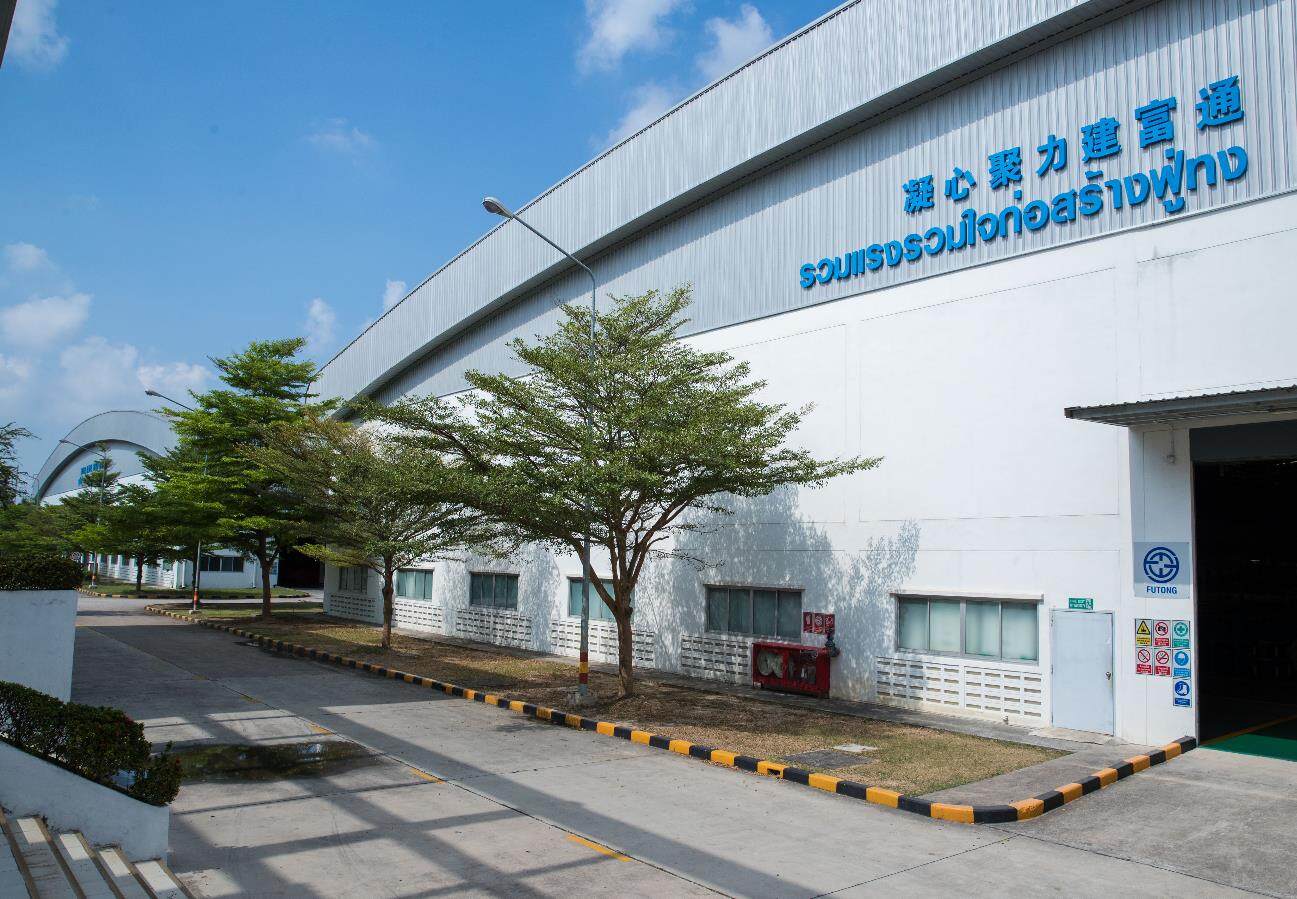
Kuantan Port is located in Kuantan, Pahang, Malaysia. It is the largest port on the east coast and is adjacent to the Malaysia-China Kuantan Industrial Park. It has 22 berths and is a multi-cargo, all-weather port directly facing the South China Sea. On October 4, 2013, under the witness of Chairman Xi Jinping and the former Prime Minister of Malaysia, Guangxi Beibu Gulf International Port Group and IJM Group, the parent company of Kuantan Port, Malaysia, signed an equity transfer agreement to acquire 40% of Kuantan Port in Kuala Lumpur, Malaysia. .
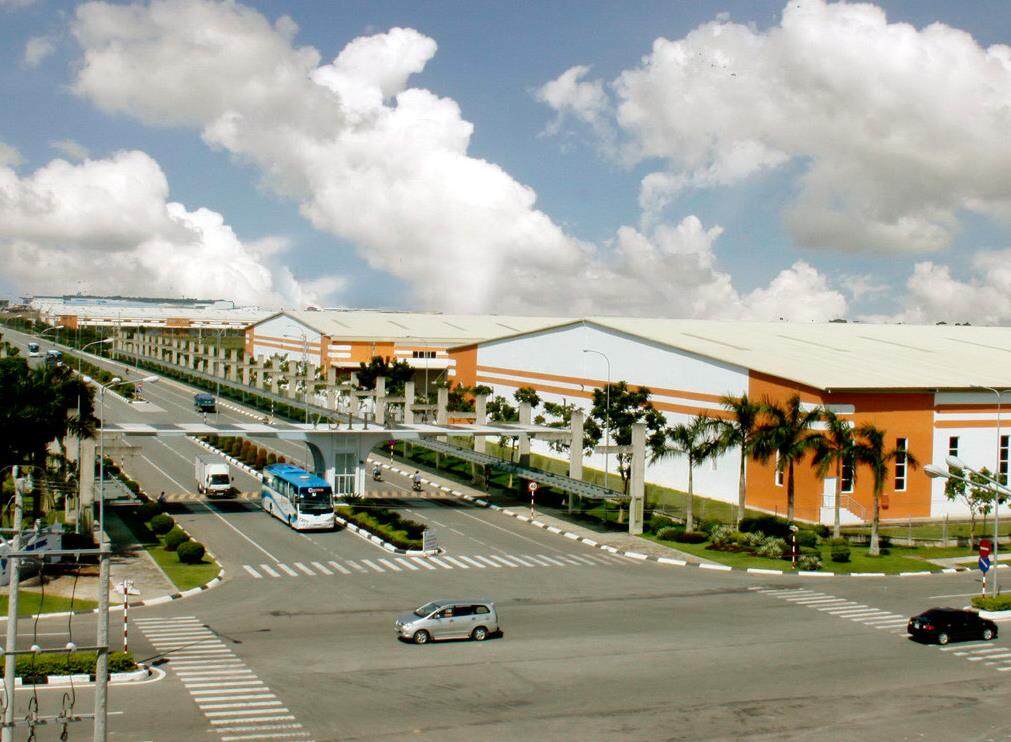
In order to support the development of the Malaysia-China Kuantan Industrial Park and provide excellent port logistics services for projects entering the park, Kuantan Port is currently undergoing upgrading and transformation, while opening up new port areas, building large-scale, specialized and automated terminals, and improving port throughput capacity And efficiency. The first phase of the Kuantan Port’s new port area plans to develop a 1km coastline and build two specialized 150,000-ton-level bulk cargo terminals. The construction of Berth No. 1 started in May 2015 and was completed and put into operation at the beginning of 2018; Berth No. 2 was completed in 2016. Construction started in the year and completed and put into production in early 2019. After the completion of the new deep-water port terminal, the total throughput capacity of the entire port area can reach 52 million tons. Kuantan Port will become the main gateway to China and the regional hub for shipping in the Far East. The Malaysia-China Kuantan Industrial Park focuses on the development of steel and non-ferrous metals, machinery and equipment manufacturing, clean energy and renewable energy, petrochemical industry, electrical and electronic information industry, and modern service industries focusing on scientific and technological research and development. The continuous renewal and construction of the China-Malaysia Industrial Park has also brought closer relations between the two countries.
China's influence in Southeast Asia
Today's China has a developed economy and a strong national strength. The Chinese giant is standing in the east of the world, standing on the shoulders of the giants and joining hands with Southeast Asia to seek common development. In the eyes of Southeast Asian people, they have changed their eyes on China in the past. The most important thing now is gratitude and appreciation, in-depth cultural exchanges, and active construction of Southeast Asian industrial parks. At present, China Railway has made significant progress in Indonesia, Laos, and Thailand. The repeated "going to sea" efforts have demonstrated the strength and responsibility of China's railways. It is a powerful attempt by China to share reform and development experience and dividends with neighboring countries and even the rest of the world. In terms of communications, China assists in the construction of 5G network facilities in Southeast Asia, optimizes communications equipment, helps e-commerce trade interconnection, lowers tariffs, does the most trade with Southeast Asian countries, and makes best friends. There is an old Chinese saying: "Is there a friend from afar? "Yi Le Hu" hopes that China will establish good cooperative relations with Southeast Asian countries to promote the development of economic globalization.Editor/Xing Wentao
Comment
 Praise
Praise
 Collect
Collect
 Comment
Comment
 Search
Search



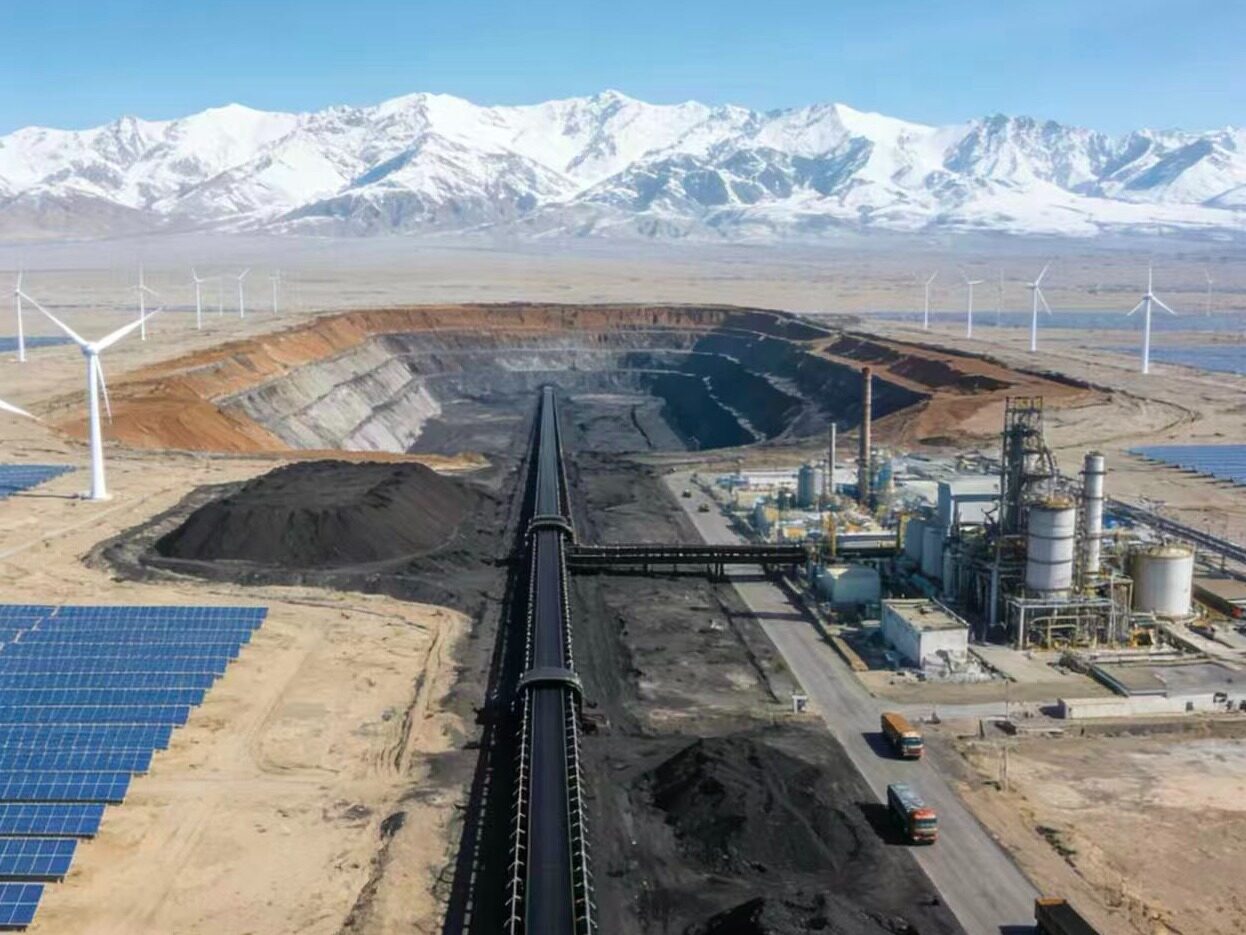
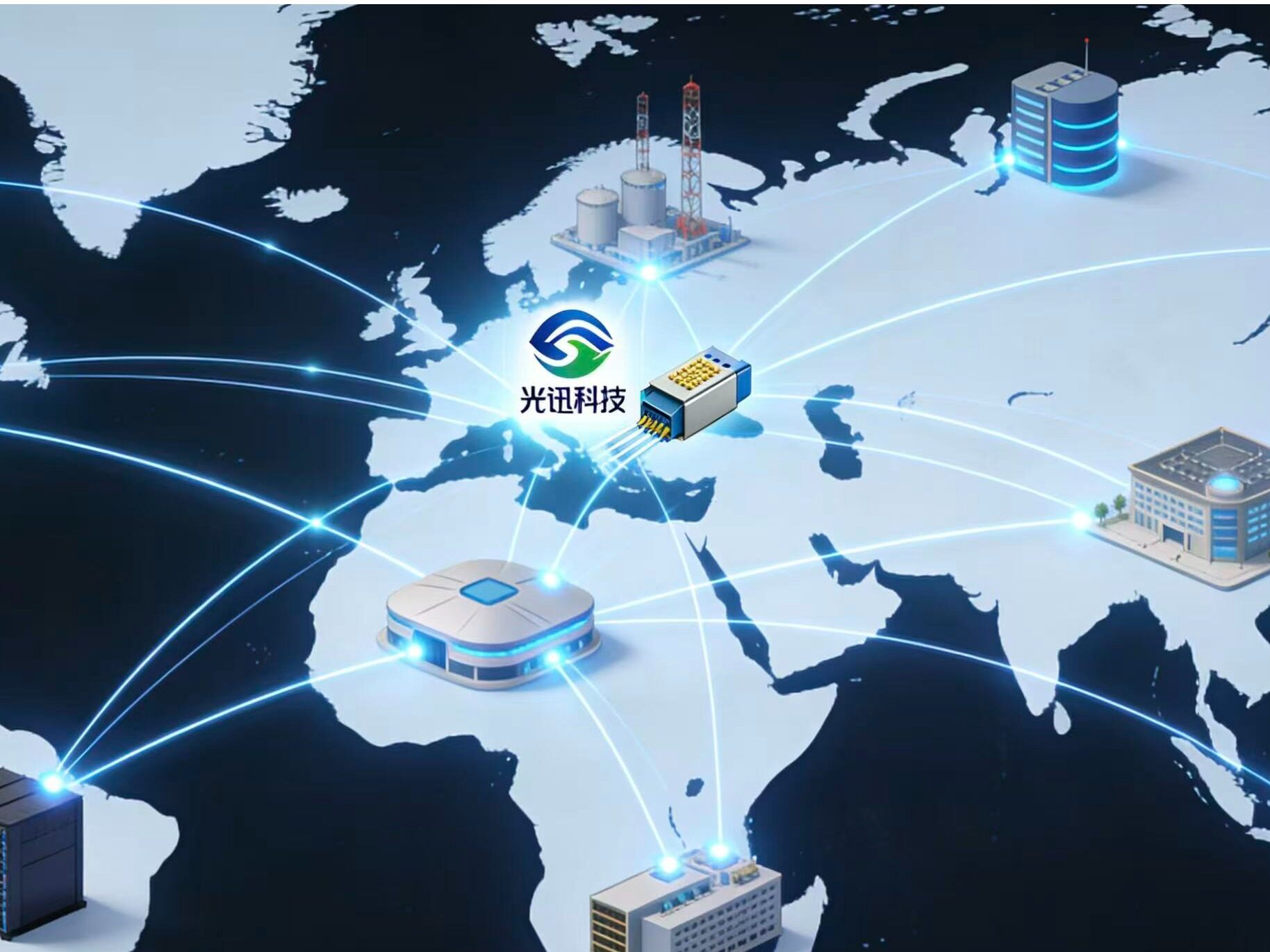
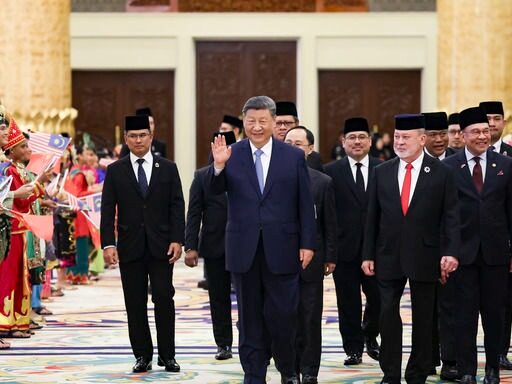

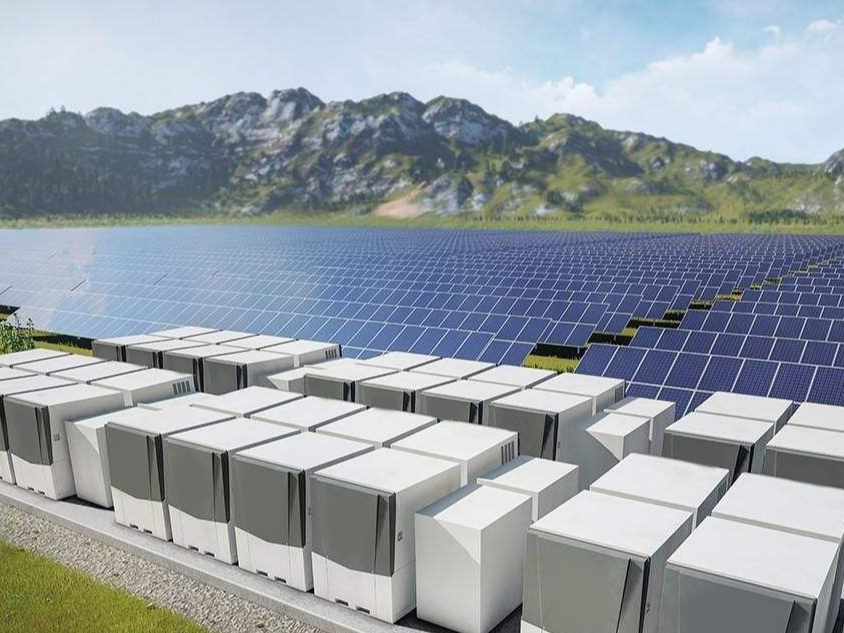






Write something~